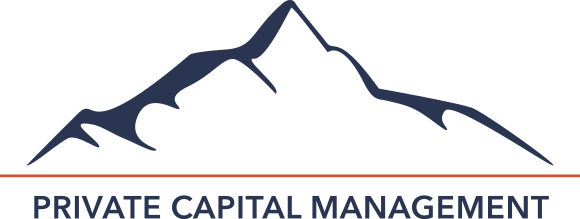Saving for Retirement
09/01/2023
“Often when you are at the end of something,
you’re at the beginning of something else.” - Fred Rogers
Over the previous century, little has changed regarding retirement planning. The basic formula remains the same: work, save, then retire. While the fundamental approach may be the same today, the difficulties today’s workers confront and the resources at their disposal are significantly different. Before discussing the tools available to help overcome challenges, let’s examine some of the difficulties.
SAVINGS CHALLENGES
Challenge #1: Bond Yields: Compared to 40 years ago, bond yields are significantly lower now. We are reminded of retirees clipping bond coupons in the 80s at a double-digit annual rate. Even with the recent increase in interest rates, the difference from then is still substantial. Many retirees today cannot afford to leave their investments in a conservative bond portfolio for the duration of retirement because the rate of inflation in recent years has been equal to or higher than the average bond yield.
Challenge #2: Life Expectancy: Thanks to modern medical advances, people are living longer than in previous generations, with women, on average, having a longer life expectancy than men. While this is excellent news, retirees now need their money to last longer. When making retirement plans, longevity risk should be carefully
considered.
Challenge #3: Lack of Pensions: Years ago, the traditional retirement plan was to work for the same company for as long as possible and then collect a pension. Most retirees were able to maintain a good standard of living with only a pension and Social Security. In recent years, pension plans have grown to be more of a liability than
corporations intended. The introduction of the 401(k) plan led many companies to move away from pensions, putting the responsibility on employees to manage their own retirement funds. Although some employers make matching contributions, employees bear the market risk, as well as the savings risk. Finding a business that offers a defined benefit pension plan today would be unusual. To achieve a successful retirement despite these challenges, it is important to leverage the tools available today!
SAVINGS TOOLS
Employer plans: Most employers offer defined contribution plans such as the 401(k) and 403(b). These tax-deferred savings vehicles are seamlessly integrated into the payroll structure, making it easy on the employee to contribute from their salary. Taxes are deferred until withdrawal during retirement. The maximum contribution amount allowed for 2023 is $22,500 with a catch-up contribution of $7,500 allowed in the year you
turn 50. Starting in 2025, there is an additional catch up of ~$3,000 (inflation adjusted) for ages 60 – 63. Many employers also offer a Roth 401(k) option to their employees. The Roth 401(k) allows for current taxation of the contributions with the benefit of tax-free growth and no required distributions in the future. Typically, as a company benefit or retention tool, the employer offers to match the employee’s contribution to a limit.
Self Employed 401(k): A Solo K is an option for sole proprietor or married individuals operating a business together to have access to a retirement plan without the reporting and paperwork requirements of traditional 401(k) plans. These plans have the same contribution limits, and tax preferences as larger employer 401(k) plans. They allow for both employer and employee contributions providing a potential savings opportunity of $66,000 for 2023, with an additional $7,500 allowed for employees starting at age 50.


